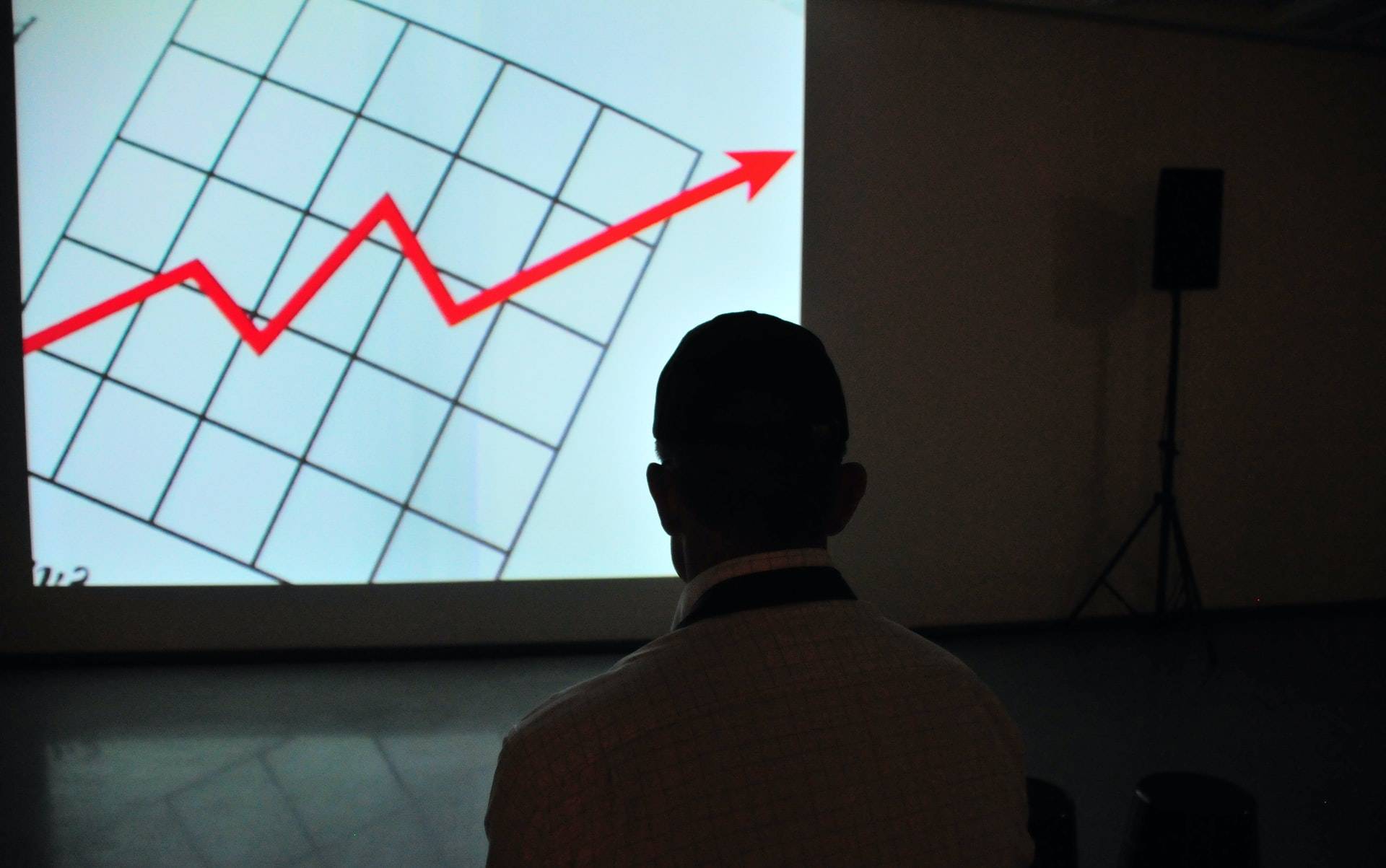Yesterday, there was an optimistic mood in financial markets. Both the Wall Street and European stock exchanges recorded increases. The market positively received Nvidia company’s annual Q4 report published after Wednesday’s session in the USA – the major representative of the artificial intelligence sector. Nasdaq Composite grew by 3 percent, while the S&P500 gained 2.1 percent and Dow Jones 1.2 percent. These last two benchmarks set a new historical peak. In Europe, the trading day ended with strong increases for Dax (+1.47%) and CAC40 (+1.27%). The EURUSD rate increased during the first part of the day. Yesterday, PMI results for Europe and the United States were announced.
The services PMI for the eurozone – the most reliable economic barometer for this area – rose from 48.4 points to 50 points. Expectations indicated no change. The index reached the border value for the first time in seven months. However, the unexpected decrease in the index for industry from 46.6 to 46.1 was disappointing. This means that the upward trend from recent months has not continued.
The eurozone economy is “treading water” and is likely to remain in stagnation in the first quarter of this year. The hope for a way out of it in spring is the positive surprise of the index for the services sector.
US data were above the level of 50 points. Service sector PMI was at 51.3 points – here there is a slight decrease from 52.5 points the previous month. For industry, it was at 51.5 points (the highest since August 2022) indicating a higher reading than that achieved in December. The data suggests a revival in this sector, fueled by increasing orders.
From the last ECB protocol, it is clear that policymakers still see risks from prematurely easing monetary conditions compared to the risk of future cuts. The institution continues to point out that inflation forecasts are risk-laden with potentially higher readings due to stronger-than-expected wage growth. It also pointed out the ongoing high level of companies’ profit margins. The Middle East tensions have been marked out from the global factors. Conversely, weaker demand may result from the still high (historically) cost of money in the eurozone. The institution continues to take a cautious approach, with future macroeconomic data being crucial for further decisions.
Yesterday, representatives of the Federal Reserve spoke. Philip Jefferson acknowledged that the Fed must remember the danger of excessively easing monetary policy in response to an improved inflation situation”. He noted that “excessive easing can lead to halting or reversing progress in restoring price stability”. However, he added that the process of reducing rates will likely start this year. In contrast, Patric Harker believes that the US central bank is capable of lowering rates this year, but warned the public against expecting the start of the cycle too soon.
The EUR/USD rate approached the horizontal resistance at 1.09 before then dramatically falling in the region of 1.08. Euro first lost despite somewhat disappointing PMI data, and then the US dollar gained due to positive readings from the American economy. Today, quotations are breaking the short-term upward trend line and are heading towards yesterday’s lows.
Łukasz Zembik Oanda TMS Brokers
